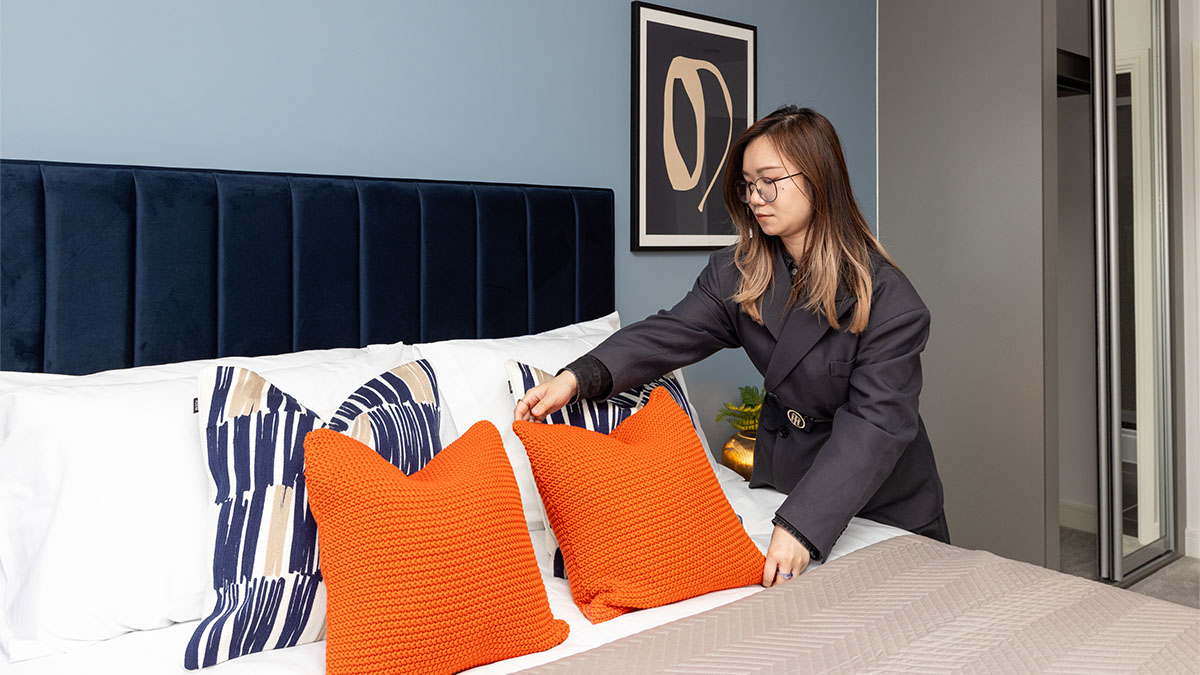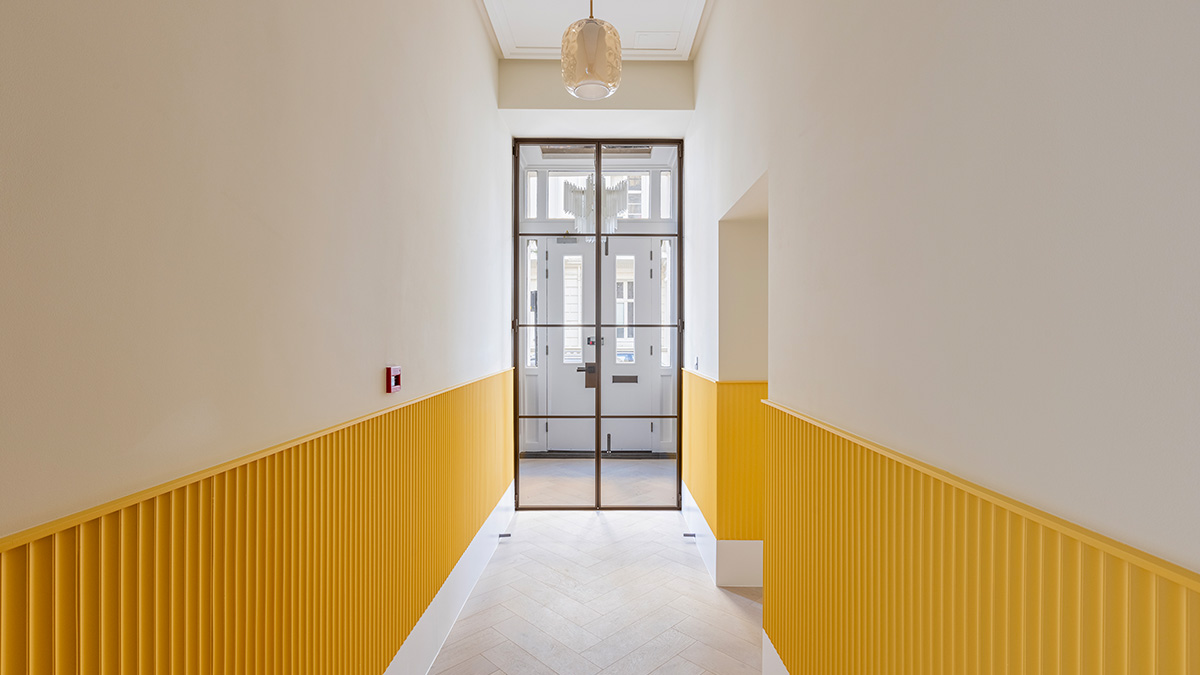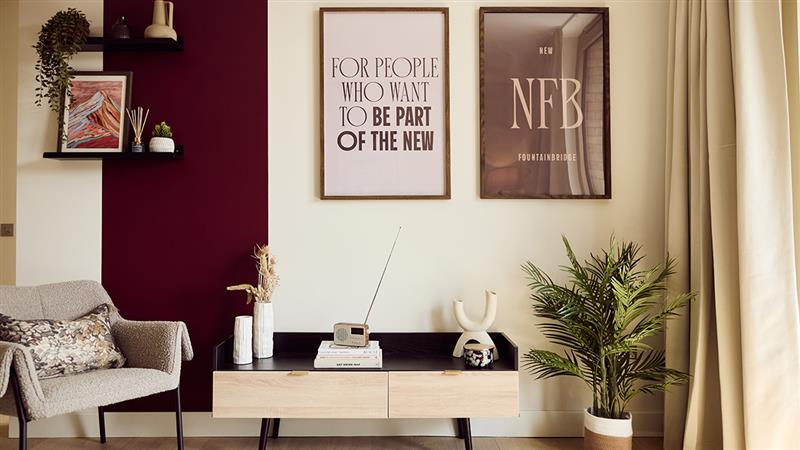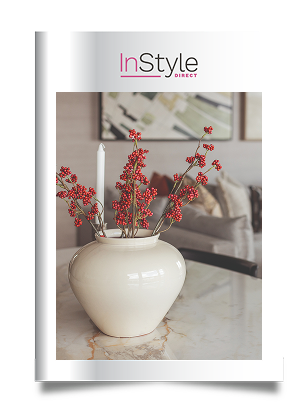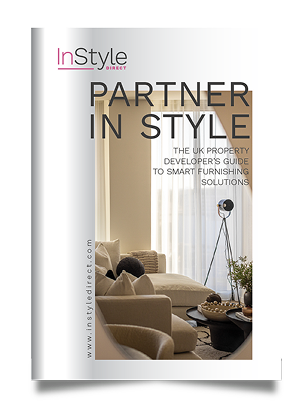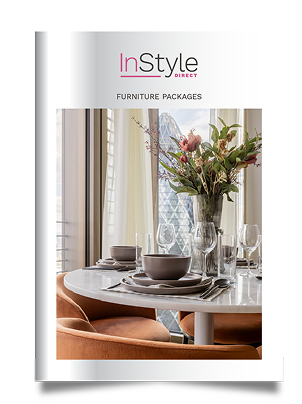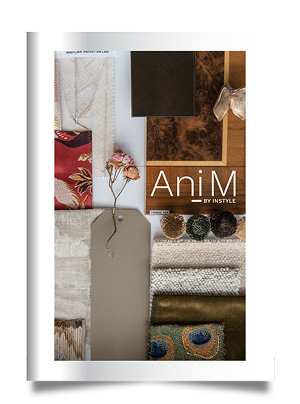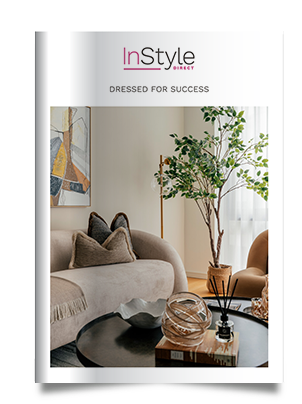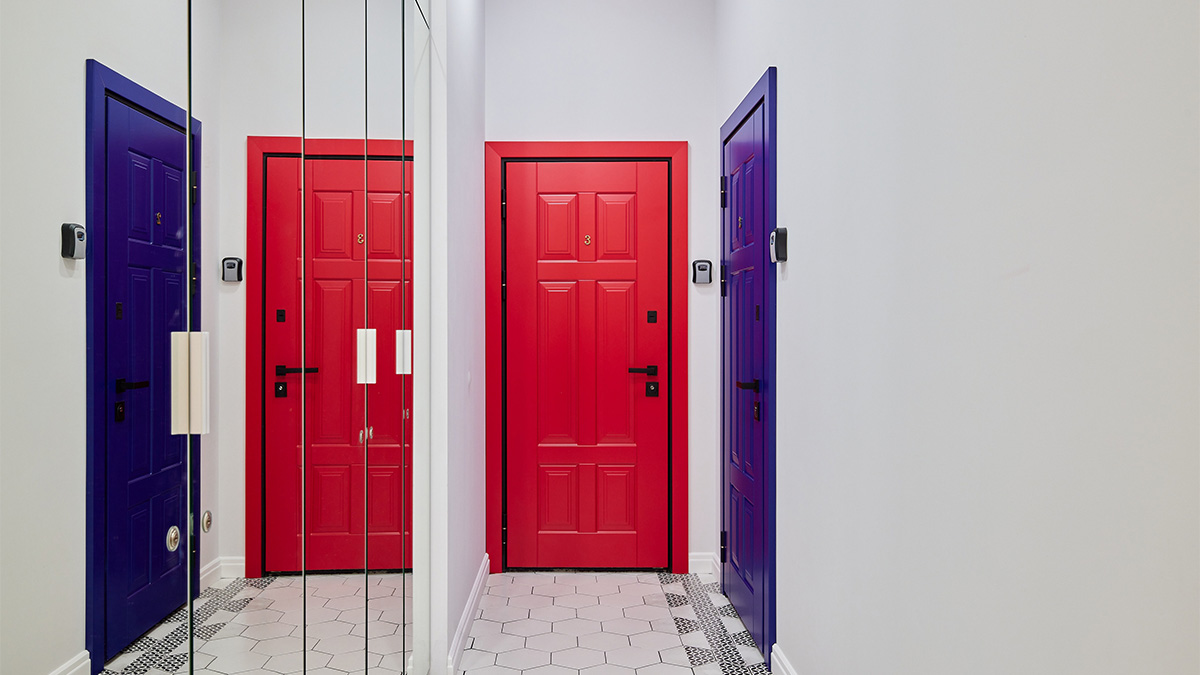
London homeowners and landlords often have creative ideas for enhancing their properties. From trendy open-plan layouts to bold splashes of colour, there is no shortage of inspiration to make a home stand out. However, if these ideas are not executed correctly, they can become expensive regrets. In this blog, we will explore the most common mistakes made when upgrading London homes and how to avoid them.
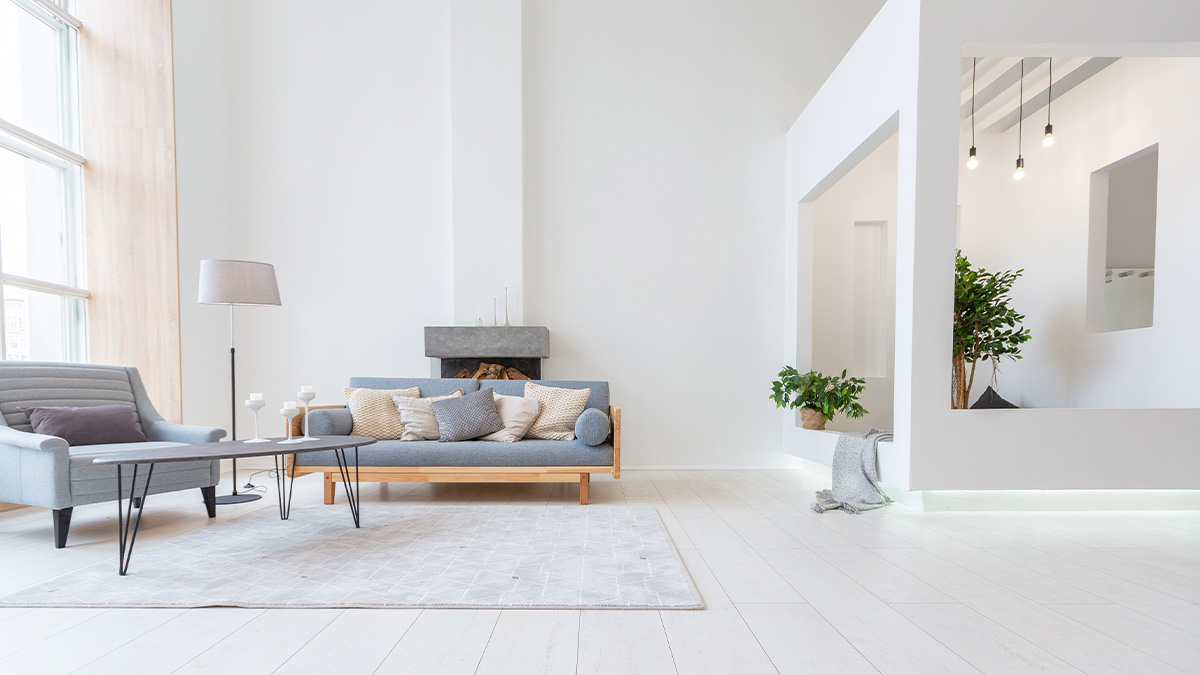
1. Forceful open-layout concepts
Open layouts are extremely popular among modern homeowners and landlords looking to create a seamless flow between key areas like the living room, kitchen and dining area. While these designs can add value and aesthetic appeal, they also have a few drawbacks if not planned correctly. Permanent structural changes like knocking down walls can cost thousands of pounds and might compromise privacy or practicality, especially for families and tenants with different lifestyle preferences.
To strike a balance, consider using partial walls or room dividers to maintain distinct spaces while keeping an open feel. Strategically placed furniture can also help define areas without sacrificing the benefits of an open-plan concept. And if you’re not sure, hiring an interior designer to create a space plan is the cheaper alternative to costly mistakes.
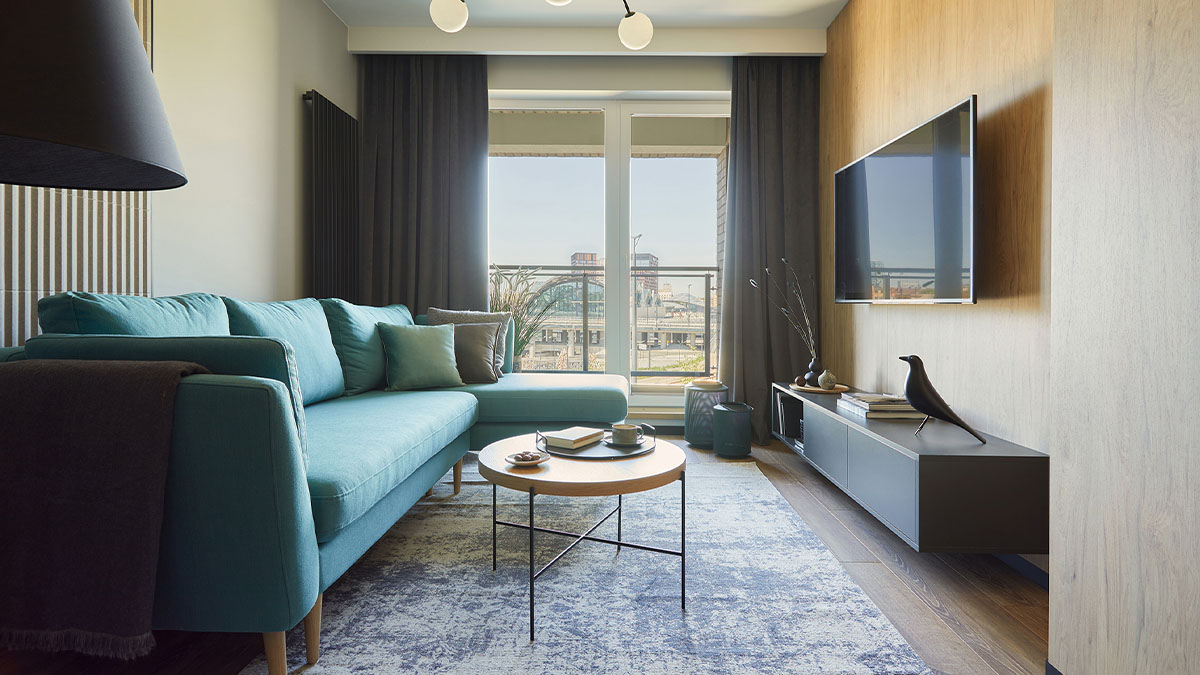
2. Bulky or space-consuming furniture
Quality seating is an integral part of every home that can lead to investing in multiple furniture items such as sectional sofas and bulky couches. While these items make a space feel cosy, it often leads to cramped interiors. In smaller London homes, such pieces can hinder movement and reduce functionality.
Instead, opt for versatile seating furniture such as foldable chairs, bar stools, or bean bags to maximise space. Compact, multifunctional furniture not only saves room but also enhances practicality.
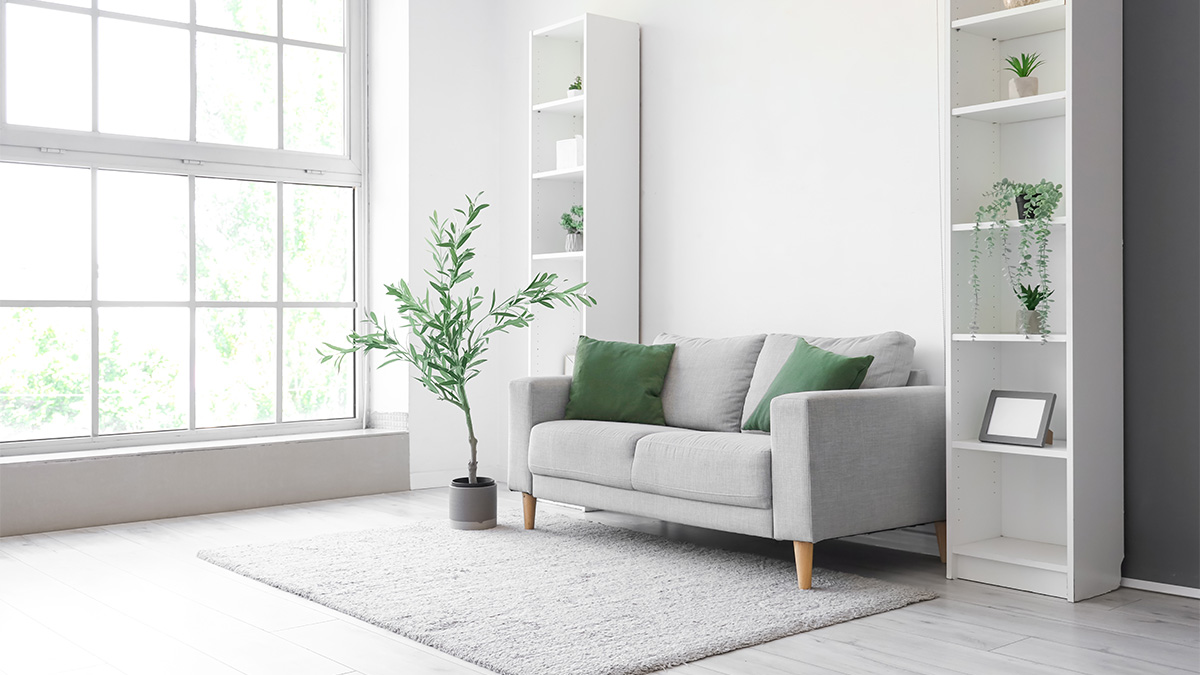
3. Going excessive on minimalism
It may sound like a paradox, but many people go overboard with minimalism and try to completely declutter without sparing a thought for practicality. Minimalism has become synonymous with modern living, but going overboard can leave a home feeling cold and incomplete. Removing essential items in an attempt to create more space can lead to discomfort.
Instead, focus on maintaining a balance between simplicity and functionality. Incorporate warm furnishings, soft textures, and thoughtful decor elements like wooden accents, premium upholstery, and ambient lighting to create a cosy yet minimalistic space.
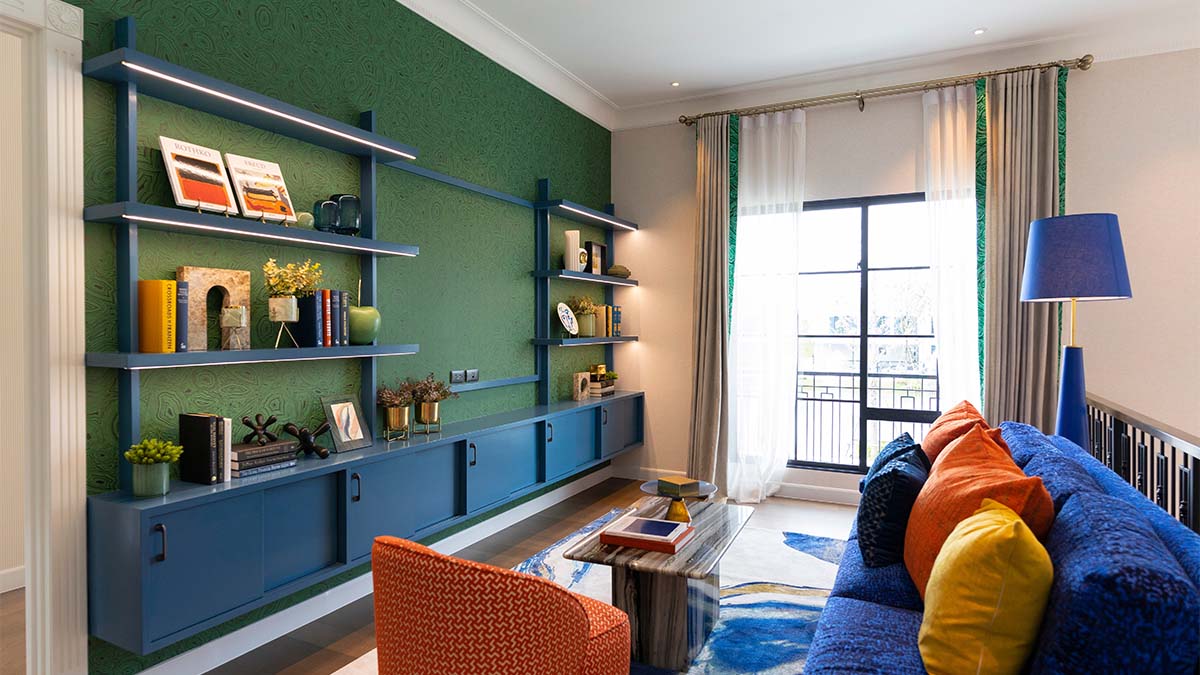
4. Overwhelming, overuse of bold colours
Bright and bold colours like pink, orange, or purple can make a room stand out, but they may not always appeal to everyone’s taste. While vibrant hues work well for smaller items, such as throw cushions, rugs, or lamps, it’s wise to choose timeless shades for key elements like walls, sofas and curtains.
Neutral tones such as white, grey, or light blue create a soothing atmosphere and appeal to a wider audience. Similarly, dark shades like black or deep green can create a cosy feel but might make spaces appear small and gloomy if lighting isn’t adequate. A darker-coloured feature wall might be an option, but it’s still a risky move if not carefully considered by seeking the professional opinion of an interior designer.
5. Wall-to-wall or full-house carpeting
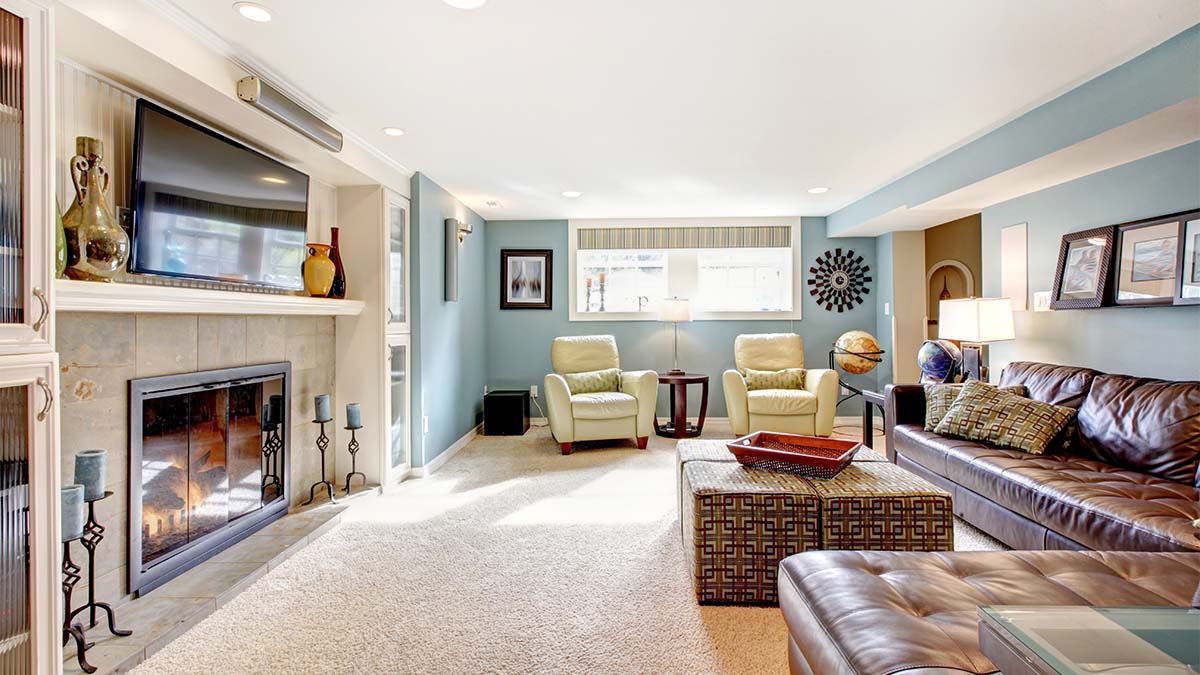
Full-house or wall-to-wall carpeting is a good way to add warmth and underfoot luxury. However, this costly investment can prove unproductive and a maintenance nightmare for high-traffic homes with children and pets. These carpets must be regularly deep-cleaned and may require moving around furniture, which can be cumbersome in the long run.
Instead, consider using smaller area rugs that are easier to clean and replace. These provide the same aesthetic and functional benefits without the long-term maintenance hassles, plus it saves a lot of money!
6. Adding too many open shelves
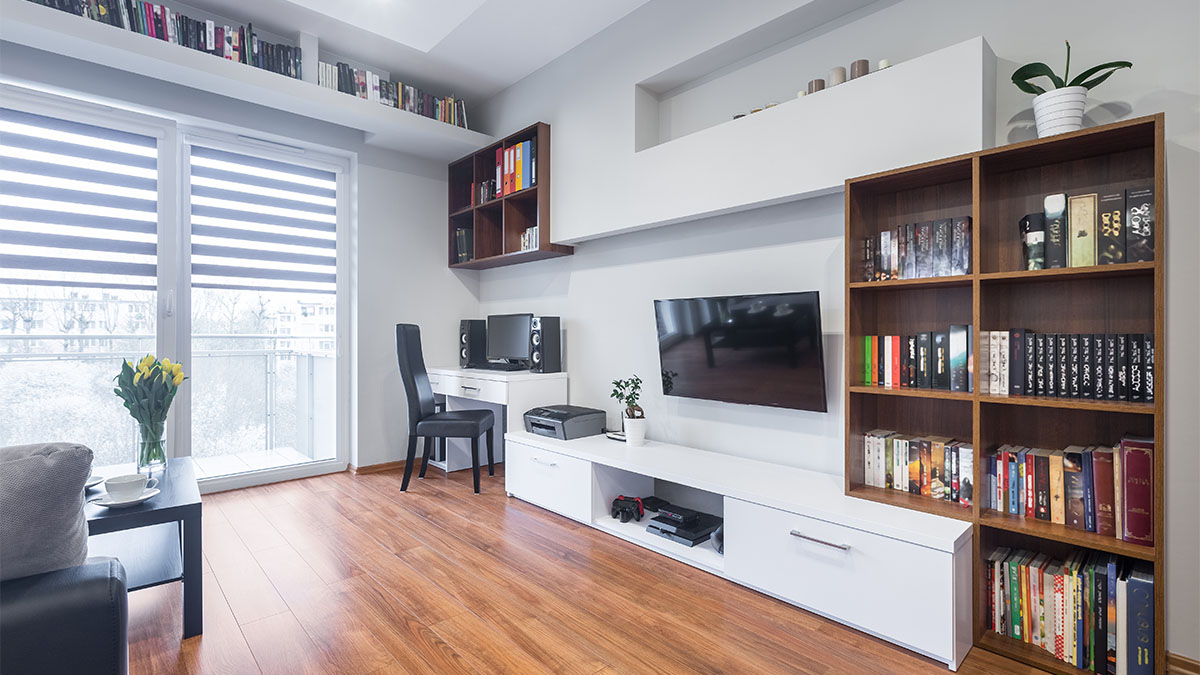
Open shelving is a stylish way to display decor items and create visual interest. In addition to looking elegant, they are a great way of displaying unique decor items and cherished memories. However, open shelves are often misunderstood as storage and attract unnecessary clutter instead of displaying the best showpieces.
It’s important to plan carefully and mix open shelves with closed storage options like cabinets or drawers. This approach keeps everyday essentials hidden while showcasing your best decor pieces.
7. Inconsistent or poor lighting
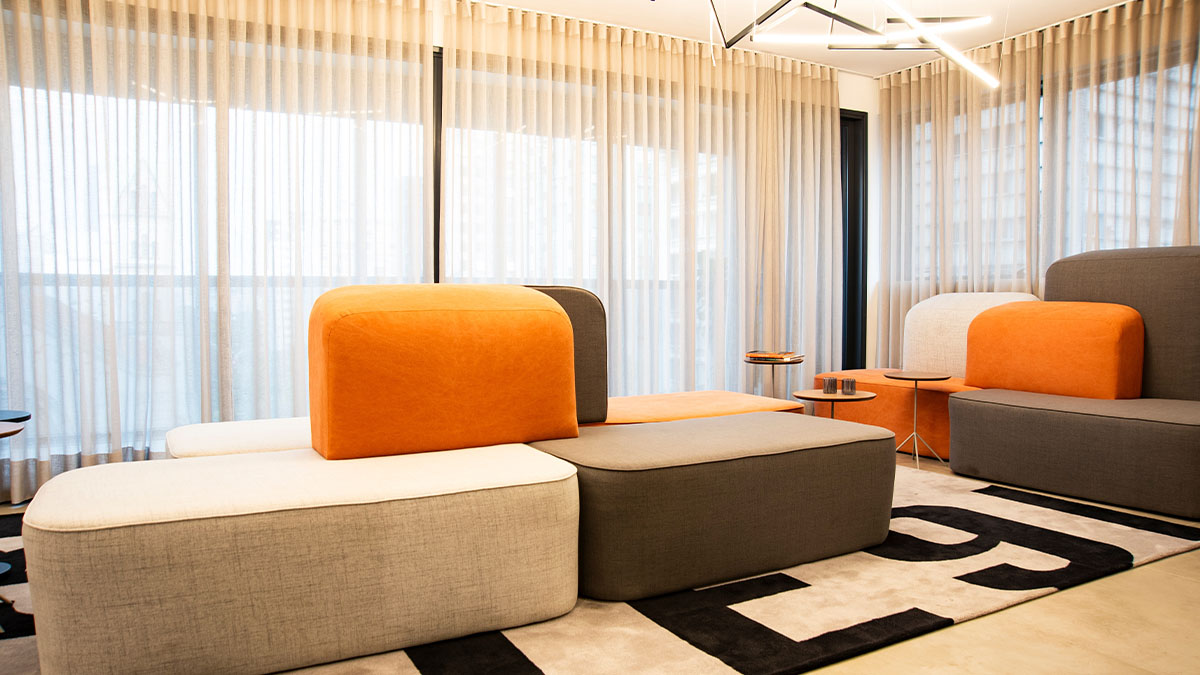
Light plays a pivotal role in a home’s functionality and mood. Many homeowners focus on furniture and decor while neglecting proper lighting. Poorly lit spaces can feel unwelcoming, regardless of how well-decorated they are. The ambience is created from the right lighting and without considering that, the interior design is incomplete.
Opt for smart light fixtures with adjustable settings, such as dimmer switches, to create versatile lighting solutions. Combine ambient, task, and accent lighting for a layered effect that enhances every corner of your home.
It’s all about striking the perfect balance
Upgrading your property is an exciting endeavour, but it requires a thoughtful approach to avoid costly mistakes. By balancing style with practicality, you can create a space that is not only visually appealing but also functional and comfortable for years to come. Whether you’re a homeowner or a landlord, making informed decisions will ensure your property remains an asset without becoming a liability.

